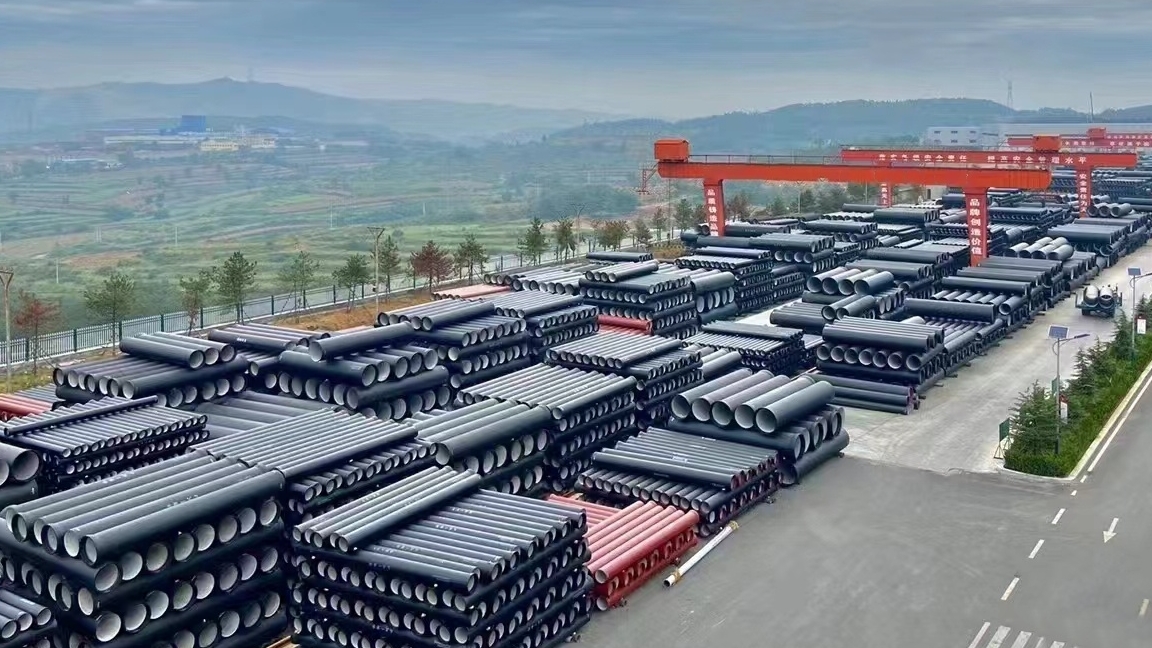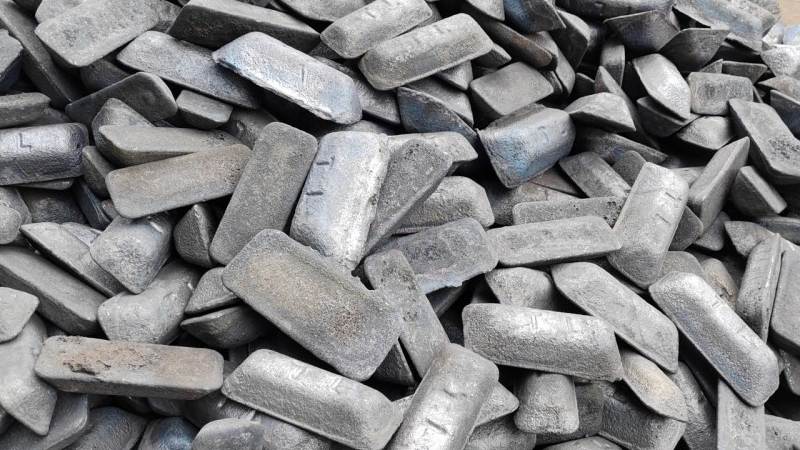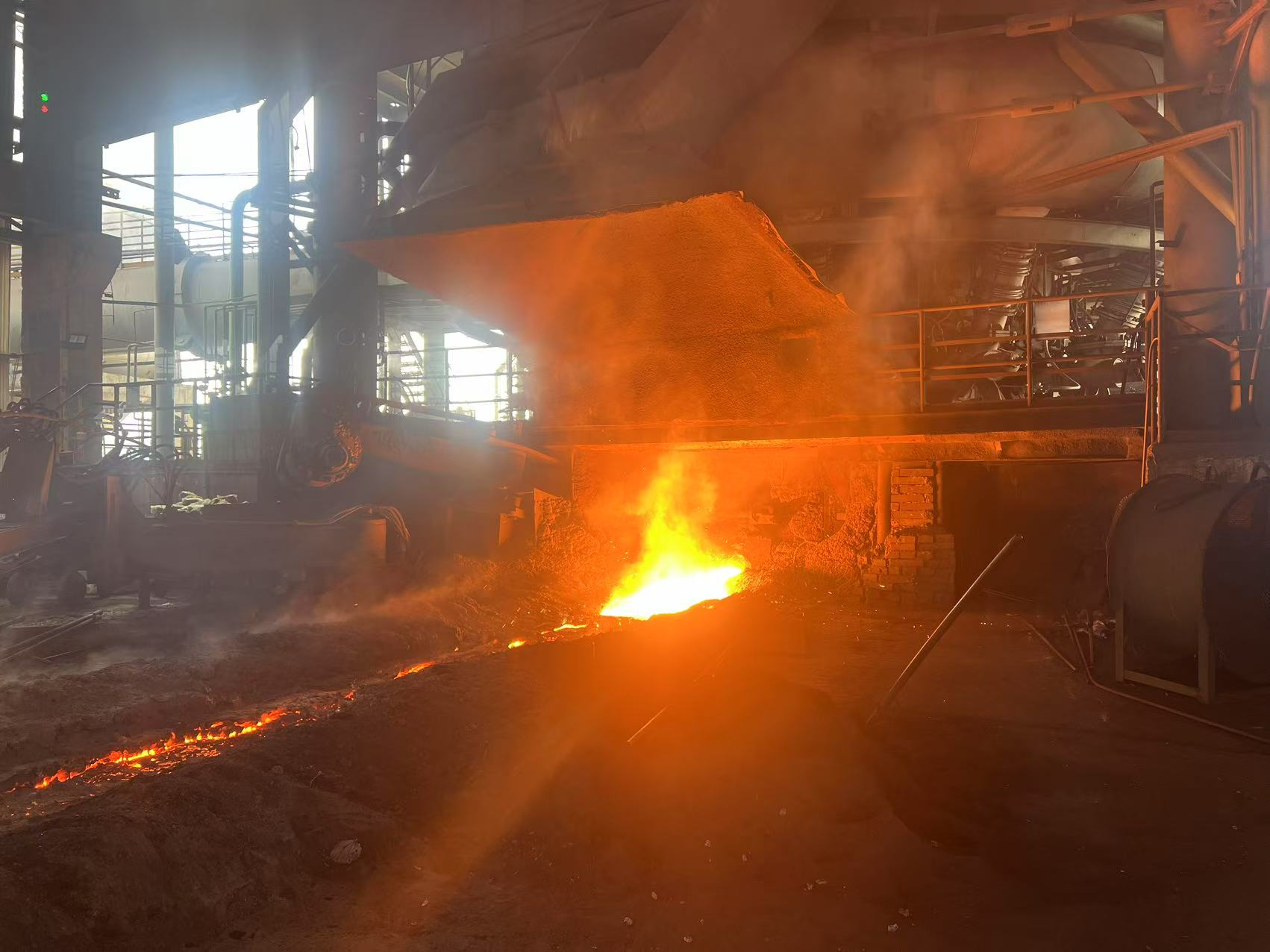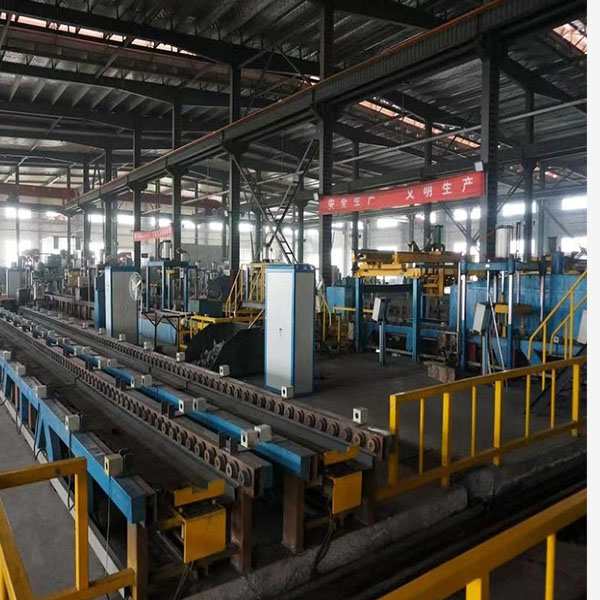In the field of infrastructure construction, ductile iron pipes play a pivotal role, widely used in key projects such as water supply, drainage, and gas transmission. Cost, as a core consideration for enterprise operations and project planning, is of utmost importance to all parties in the ductile iron pipe supply chain. This article takes Tiegu Company, a leading ductile iron pipe supplier, as a case study to deeply analyze the cost composition, influencing factors, and cost control strategies of ductile iron pipes. 
I. Cost Composition of Ductile Iron Pipes
1. Raw Material Costs
Ductile iron pipe production relies on various raw materials, including iron ore, pig iron, scrap steel, alloy elements, and additives. These raw material costs account for a significant proportion of the total cost. For example, the price of pig iron is frequently affected by fluctuations in international iron ore prices and steel industry policies. Through long-term cooperation with high-quality suppliers and accurate forecasting of market trends, Tiegu implements centralized procurement strategies to ensure stable and high-quality raw material supply while effectively controlling procurement costs.

2. Production and Processing Costs
Producing ductile iron pipes involves multiple processes such as smelting, casting, heat treatment, and machining, each of which incurs energy consumption, equipment depreciation, and maintenance costs. Additionally, labor costs are a significant component due to varying labor requirements across processes. Strict quality inspection is crucial to ensure product quality, bringing costs related to inspection equipment, reagents, and personnel. The casting enterprises represented by Tiegu exhibit differences in production and processing costs. Some enterprises adopt advanced equipment and technologies—while initial equipment investments are high—long-term energy consumption and scrap rates are reduced, optimizing costs. 3. Transportation Costs

Transportation methods (road, sea, rail, etc.), distance, and volume significantly impact ductile iron pipe transportation costs. Long-distance or small-batch transportation often results in higher unit costs. Losses and insurance fees during transportation are also non-negligible. Tiegu optimizes its logistics network by reasonably selecting transportation methods based on regional demand and conditions, while establishing long-term partnerships with professional logistics companies to achieve scale transportation, reduce costs, and ensure timely global supply. 4. Installation Costs
Labor costs for installing ductile iron pipes vary by region and construction difficulty. Auxiliary materials such as sealing rings and connectors, as well as equipment usage for hoisting and welding, along with project management, safety management, and quality control during construction, all constitute installation costs. Tiegu not only provides high-quality products but also offers installation support, helping users reduce installation costs through technical guidance and optimized installation plans. 5. Maintenance Costs
Regular inspections, maintenance, and replacement of components are essential to ensure the long-term stable operation of ductile iron pipes, incurring costs—particularly for addressing corrosion, leaks, and other issues. Tiegu’s comprehensive after-sales service system, including timely maintenance guidance and component supply, helps users effectively control maintenance costs. II. Factors Influencing Ductile Iron Pipe Costs and Prices
1. Market Factors
Market supply and demand directly affect ductile iron pipe prices and costs. In oversupplied markets, price competition intensifies, making cost control critical; in undersupplied markets, while prices may rise, tight raw material supplies can also drive up costs. Competitors’ pricing strategies and cost control measures pose challenges to Tiegu. To address this, Tiegu closely monitors market dynamics and adjusts its business strategies flexibly to maintain a cost advantage in competition. 2. Technological Factors
Advanced production processes such as hot mold centrifugal casting can improve product quality and efficiency while reducing energy consumption and scrap rates, thereby lowering costs. Although new technology research and application may increase upfront investment, they can significantly enhance cost-effectiveness in the long run. Tiegu actively promotes technical exchanges and applications among its represented enterprises, helping them introduce new technologies to optimize cost structures. 
3. Policy Factors
Environmental policies have a profound impact on the ductile iron pipe industry. Stricter environmental requirements from raw material procurement to production may increase costs, such as investments in environmental protection equipment and upgrades to raw material environmental standards. Industrial policy guidance for industry development also affects costs. Tiegu keeps pace with policies and assists represented enterprises in adjusting business strategies to minimize policy-driven cost impacts. III. Cost Control Cases and Advantages of Tiegu as a Ductile Iron Pipe Supplier
1. Cost Control Cases
Tiegu has achieved significant price advantages in raw material procurement by integrating procurement needs across its represented enterprises and implementing centralized purchasing. The company has also optimized supply chain management to shorten delivery cycles and reduce inventory costs. Through cooperation with a casting enterprise, it helped optimize production processes and introduce energy-saving equipment, reducing production energy consumption and achieving collaborative cost management. 2. Company Advantages
Resource Integration Advantage: By representing dozens of high-quality casting enterprises in China, Tiegu achieves economies of scale through resource integration, reducing costs in procurement, production, and transportation. This integration not only lowers costs but also provides a diverse product portfolio to meet different user needs.
Service Advantage: Tiegu’s global service network enables timely response to customer needs, offering comprehensive services from product consulting and installation guidance to after-sales maintenance. High-quality services not only enhance user experience but also indirectly reduce costs caused by improper product use or delayed maintenance.
Technical Support Advantage: Tiegu’s professional technical team provides users with technical guidance and solutions. By optimizing design and construction plans, it helps users select appropriate products and reduce full lifecycle project costs. 
IV. Conclusion and Outlook
Ductile iron pipe costs encompass multiple interconnected components, significantly impacting enterprise competitiveness and project efficiency. As a key industry supplier, Tiegu plays an active role in optimizing supply chain costs through its rich experience and unique advantages in cost management. In the future, with market changes, technological advancements, and policy adjustments, ductile iron pipe costs will face new challenges and opportunities. Tiegu will continue to explore innovative cost management models, ensuring product quality and service while providing more cost-effective ductile iron pipe solutions for global users and promoting healthy industry development.
V. Contact Us
If you need to learn more about the detailed specifications of ductile iron pipe obtain samples, or consult customized solutions and technical support, please feel free to contact us in the following ways:
Fill out the online form: We will reply to your email within 24 hours.
Email: zbw@tiegu.net. We will respond within 2 hours after receiving your request and provide a personalized quotation scheme within 24 hours.
Tiegu - Focused on pig iron and casting supply, with excellent quality and professional services, we look forward to joining hands with global customers to create brilliance in high-end manufacturing!






 en
en  fra
fra  de
de  ru
ru  ara
ara  gle
gle  it
it  jp
jp  kor
kor  th
th  zh
zh 


